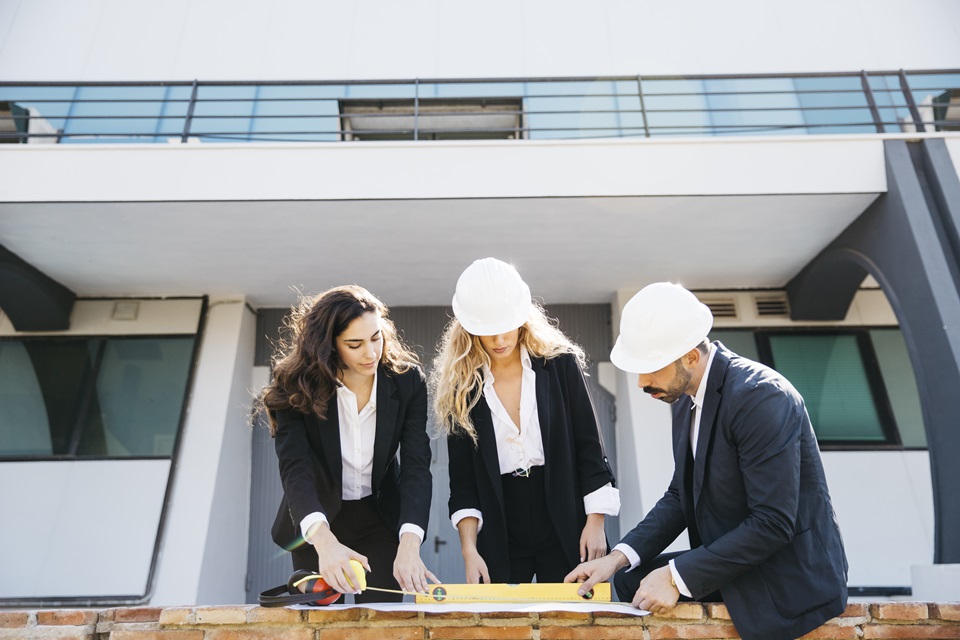Over the years, architecture has witnessed an incredible evolution, showcasing humanity’s ingenuity and progress. From the awe-inspiring Pyramids of Giza constructed over 4500 years ago, to the towering skyscrapers of today such as the Burj Khalifa in Dubai, architecture has evolved in many different ways. You won’t find the same types of buildings in Japan as in the U.S. or Europe. Each culture’s needs and aspirations have greatly affected its own architecture.
Table of Contents
Architecture Of The Past
When one thinks of iconic monuments and architecture, your first thought might be the Taj Mihal or the Colosseum. These amazing structures and more like them were inspired by nature for the majority of Earth’s history. Traditional architecture can be described as an attempt to duplicate or emulate previous styles. They were made to be comfortable, imposing, and awe-inspiring with their enormous size.
These types of buildings were mainly used as government buildings, palaces, and churches. This formed the basis of how buildings would look such as the Parthenon in Greece and the Coliseum in Rome. Features like arches or columns were placed in nearly every building constructed until the 19th century.
Modern Architecture
Architecture as we know it has only really been around since around the 1920s. There were a few eras in the 19th century that gave birth to styles such as Gothic and Baroque. Modern designs also forced a leap forward to modern materials. Due to industrialization, around 1930, materials such as glass, steel, and concrete became the foundation of modern homes and buildings.
Modern materials afford architects and construction workers increased flexibility and creativity in the design and construction of both commercial and residential structures. The improvement in materials caused prefabricated components to be more widely used. This persisted until the 20th century when assembly lines started to take over.
Sustainability & Environmental Concerns
Recently, sustainability and environmental concerns have been the main topics of concern within the architecture and construction industry. Concerns about global warming and climate change can be heard about everywhere these days, and that includes within our own buildings. Modern improvements such as solar panels, green roofs, and rainwater harvesting systems are a direct result of the growing concern for the planet we live on.
By utilizing renewable energy sources and energy-efficient building materials, we are beginning to create sustainable architecture that seeks to minimize the environmental impact that construction has historically done.
Prioritizing Worker Safety
All of the architectural innovation over the years would be nothing if not for the hard-working construction workers. They are the building blocks of architecture and society as a whole. Construction sites are inherently dangerous and accidents do happen despite strict safety protocols. Massive injury and even death can occur at these construction sites.
In recent years, there has been a big push towards employee safety. Technological advancements such as smart helmets and safety vests that keep track of workers’ vitals are going a long way when it comes to accident prevention at a construction site. Training their responses to hazardous circumstances in augmented reality is another modern solution to construction site accidents.
Modern Legal Concerns
In modern cities, construction accident attorneys play a crucial role in supporting and advocating for the rights of injured workers. These legal professionals provide invaluable support to workers and their families, ensuring fair compensation and assistance in navigating the complex web that is workers’ compensation claims. If you need legal assistance, contact a San Bernadino construction accident attorney.



